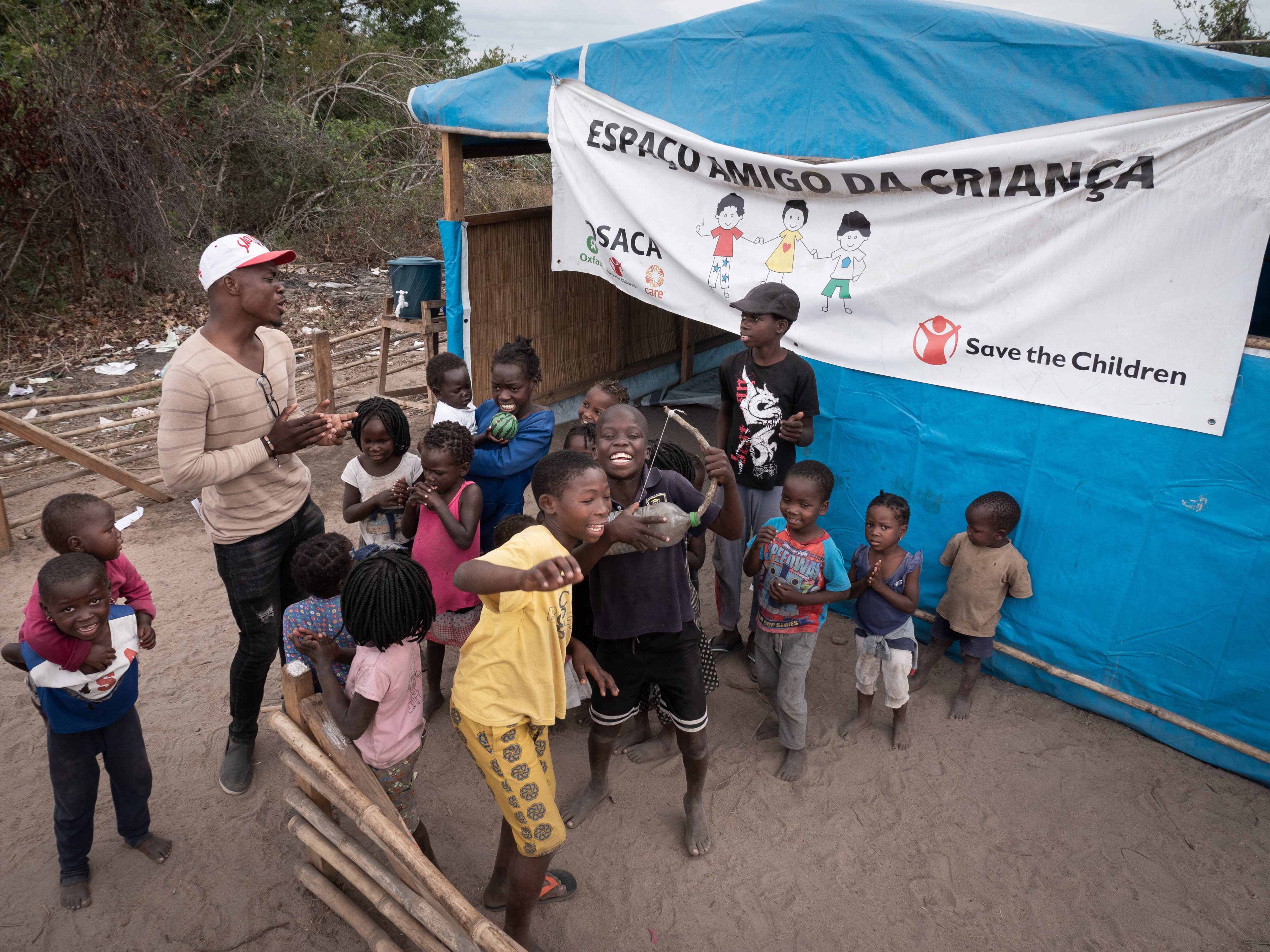Goal 1 Children and youth in vulnerable situations have their rights respected and possess sound self-reliance capacities that allow them to improve their life perspectives.
East Africa: Our support for children along migration routes
The last decade has seen a dramatic increase in migration and rapid changes to the political landscape of global mobility. The number of individuals globally who live outside of their country of birth had reached 272 million in 2019.
Rayan (2) from Somalia.
Difficulties for migrant children and youth
Whatever the reason for their journey, migrating children – especially those traveling alone – find themselves extremely vulnerable to a variety of risks, including physical and sexual violence, exploitation and abuse. They often lack the means to protect themselves, meet their basic needs and maintain their dignity.
A range of social, physical, organisational and legal barriers also prevent many children and youth on the move from accessing the assistance they need. In many East Africa countries, child protection legislation fails to consider the specific vulnerabilities of, and provide adequate protection to, children on the move.
It should be understood that migrant children – like any children in the world – are protected by the Convention on the Rights of the Child, which is also applicable to non-nationals too.
Ethiopia
Buses at a bus station in Addis Ababa. Thousands of children are on the road in Ethiopia today, many without their parents.
Route-based approach
Within the project for example, Community Service Centres will serve as static safe spaces in Ethiopia, Egypt and Sudan where refugee, returnee and migrant boys and girls can access relevant information, protection services and immediate assistance – including support with registration in the country, legal assistance and referral to shelter and health professionals.
In addition, we aim to develop a cross regional network of linked-up services and care for children and youth along commonly used routes and locations, linking specifically the major urban hubs – Addis Ababa, Khartoum and Greater Cairo – as well as strategic points along migratory routes, where vulnerabilities of children and youth on the move can be extremely high.
Support our work

